The 850s decade ran from January 1, 850, to December 31, 859.
The 860s decade ran from January 1, 860, to December 31, 869.
The 910s decade ran from January 1, 910, to December 31, 919.
The 920s decade ran from January 1, 920, to December 31, 929.
The 950s decade ran from January 1, 950, to December 31, 959.

Year 1002 (MII) was a common year starting on Thursday of the Julian calendar.

Year 866 (DCCCLXVI) was a common year starting on Tuesday of the Julian calendar.
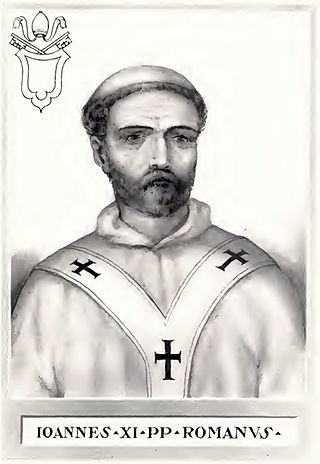
Year 931 (CMXXXI) was a common year starting on Saturday of the Julian calendar.

Year 910 (CMX) was a common year starting on Monday of the Julian calendar.
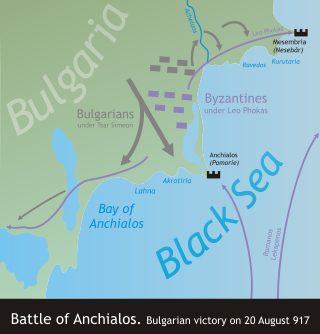
Year 917 (CMXVII) was a common year starting on Wednesday of the Julian calendar.
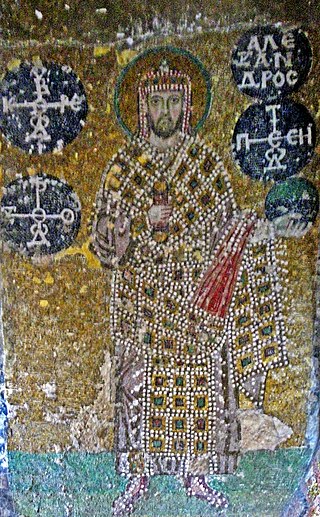
Year 912 (CMXII) was a leap year starting on Wednesday of the Julian calendar.
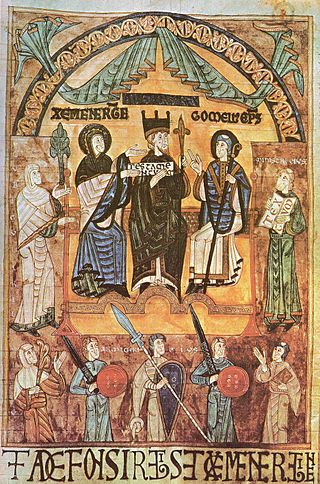
Alfonso III, called the Great, was the king of León, Galicia and Asturias from 866 until his death. He was the son and successor of Ordoño I. In later sources he is the earliest to be called "Emperor of Spain." He was also titled "Prince of all Galicia".

Alfonso IV, called the Monk, was King of León from 925 and King of Galicia from 929, until he abdicated in 931.
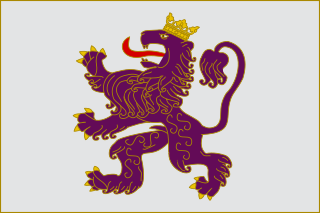
The Kingdom of León was an independent kingdom situated in the northwest region of the Iberian Peninsula. It was founded in 910 when the Christian princes of Asturias along the northern coast of the peninsula shifted their capital from Oviedo to the city of León. The kings of León fought civil wars, wars against neighbouring kingdoms, and campaigns to repel invasions by both the Moors and the Vikings, all in order to protect their kingdom's changing fortunes.

Ramiro II, son of Ordoño II and Elvira Menendez, was a King of León from 931 until his death. Initially titular king only of a lesser part of the kingdom, he gained the crown of León after supplanting his brother Alfonso IV and cousin Alfonso Fróilaz in 931. The scant Anales castellanos primeros are a primary source for his reign.
This is a historical timeline of Portugal.

Ordoño II was a king of Galicia from 910, and king of Galicia and León from 914 until his death. He was an energetic ruler who submitted the kingdom of Leon to his control and fought successfully against the Muslims, who still dominated most of the Iberian Peninsula. His reign marked the tactical and smooth transition of the regnum Asturum to the regnum Legionis, with the royal headquarters already established in the city of León.

Alfonso Fróilaz, called the Hunchback, was briefly the king of the unified kingdom of Asturias, Galicia and León in 925. He succeeded his father, King Fruela II, in July 925 but was driven from the throne within the year by his cousins Sancho, Alfonso IV and Ramiro II, the sons of his uncle, Ordoño II. He was restored to a royal position in part of the kingdom after Alfonso IV took power in 926, but was violently deposed and forced into a monastery in 932.












